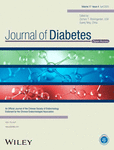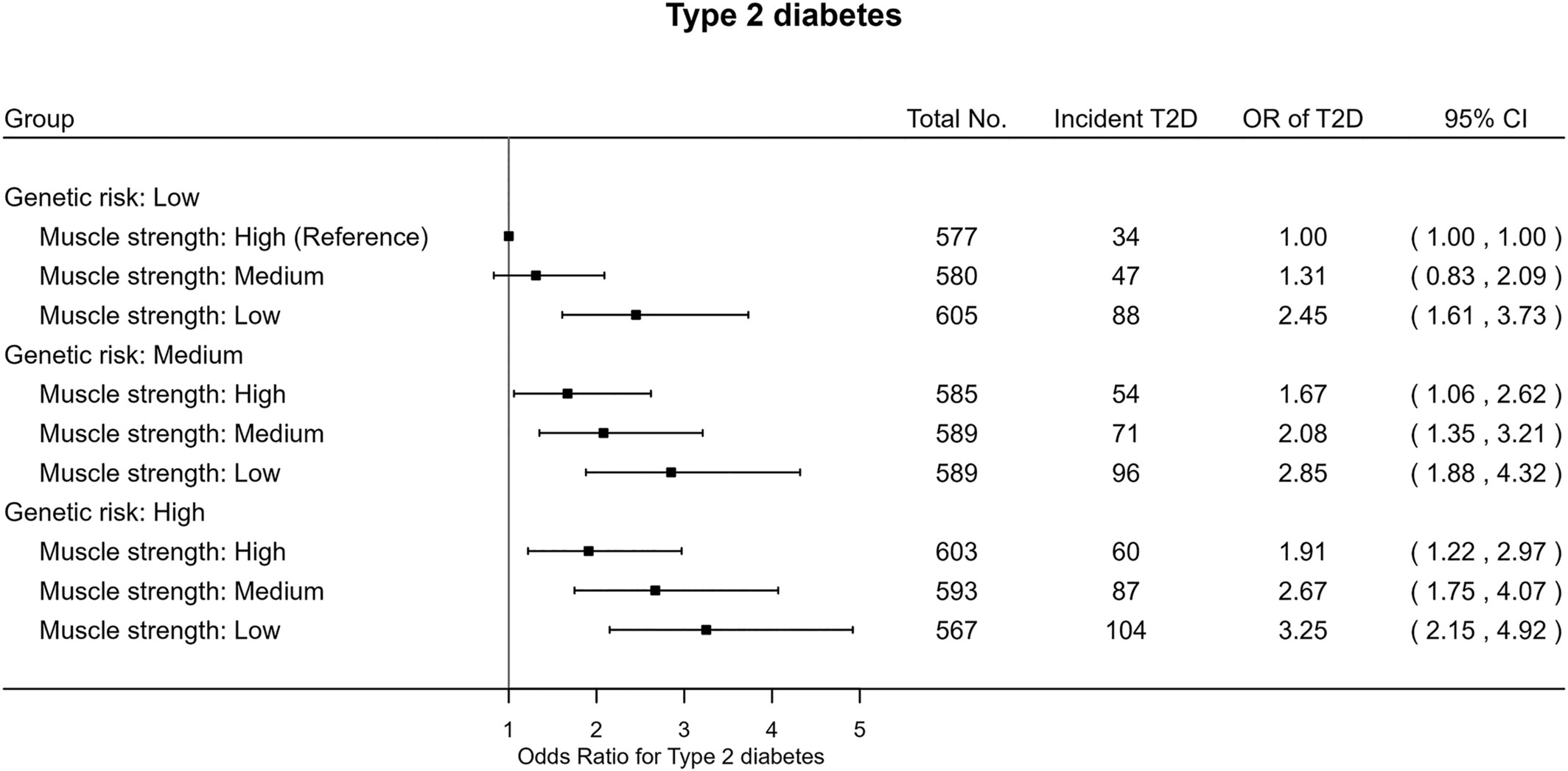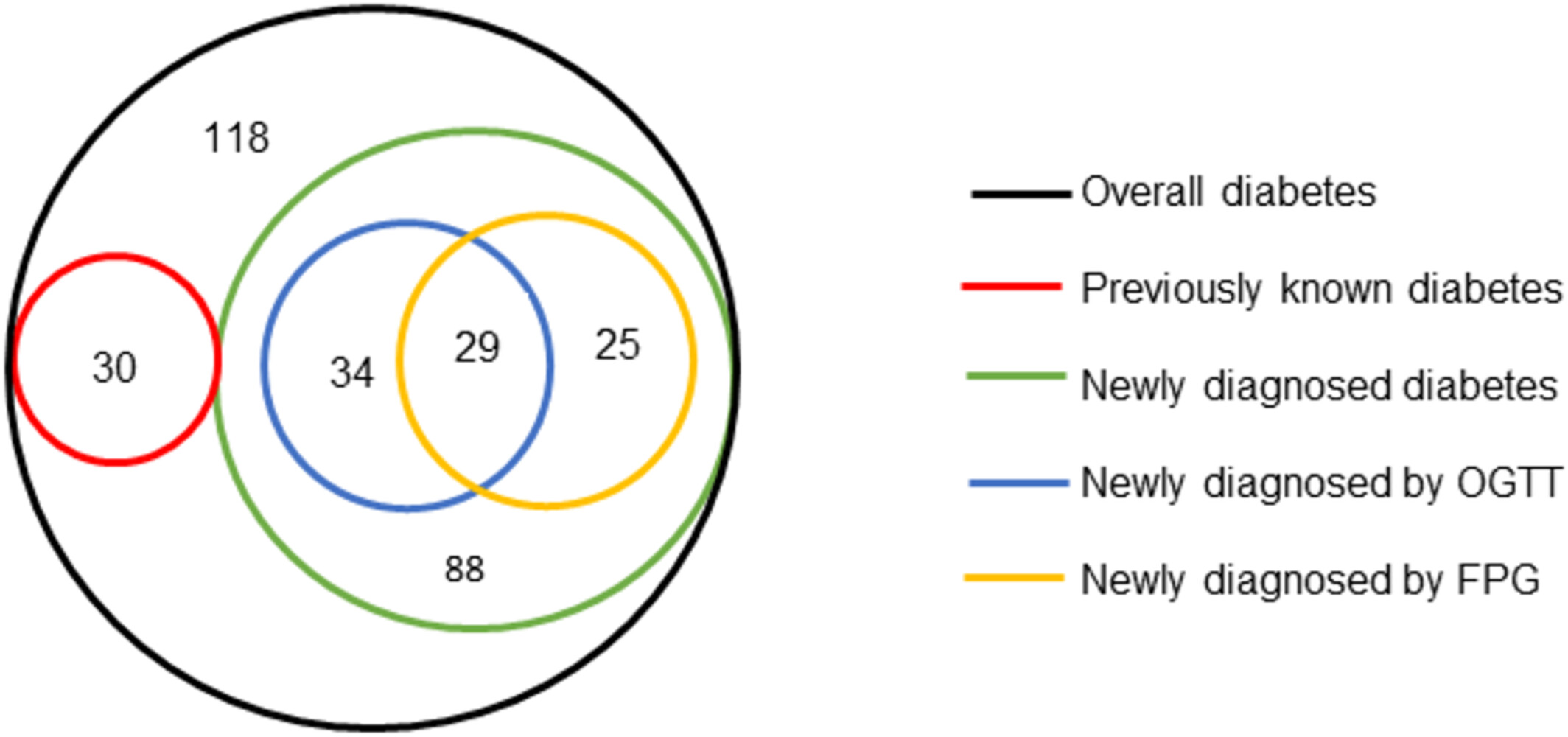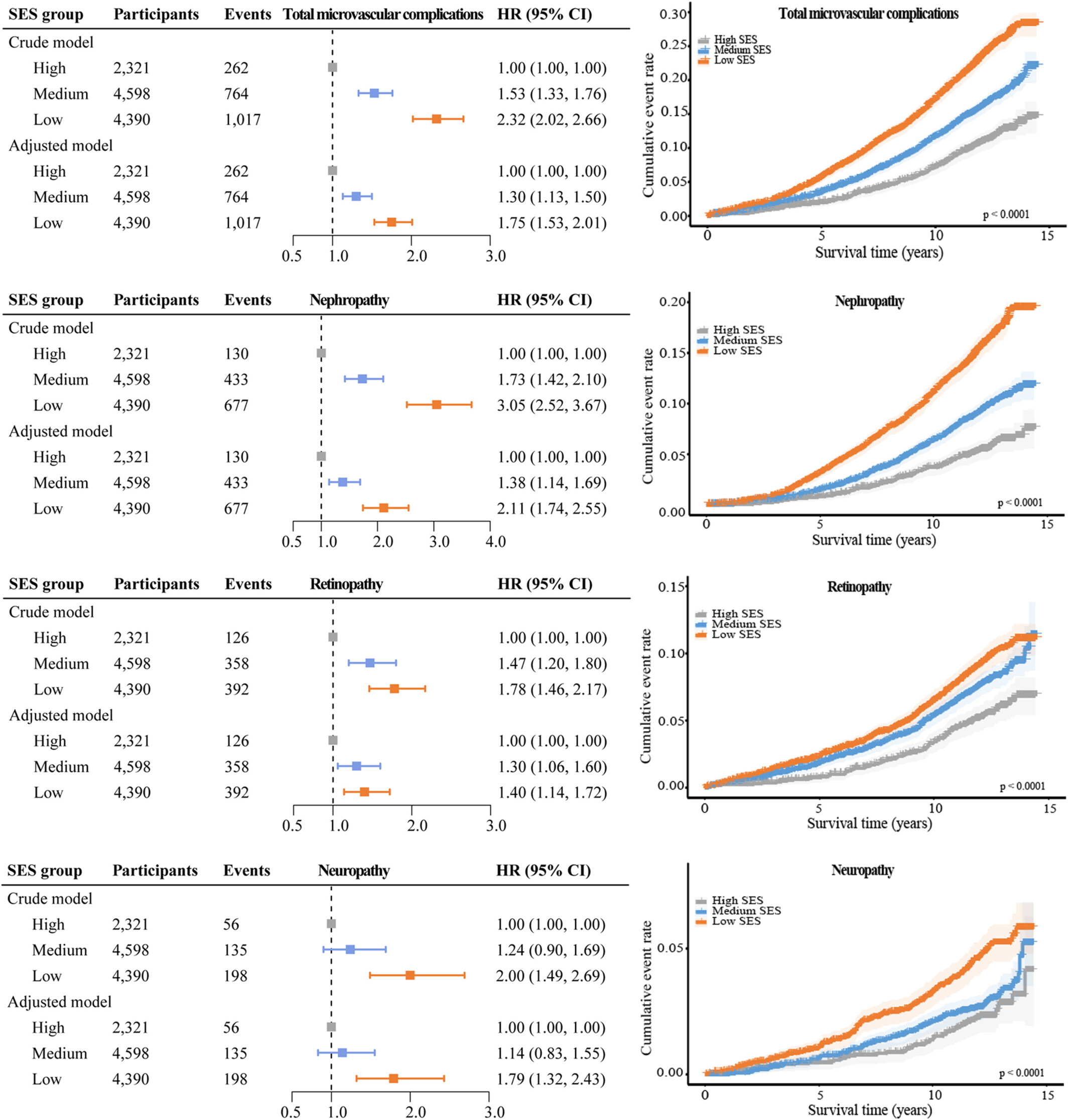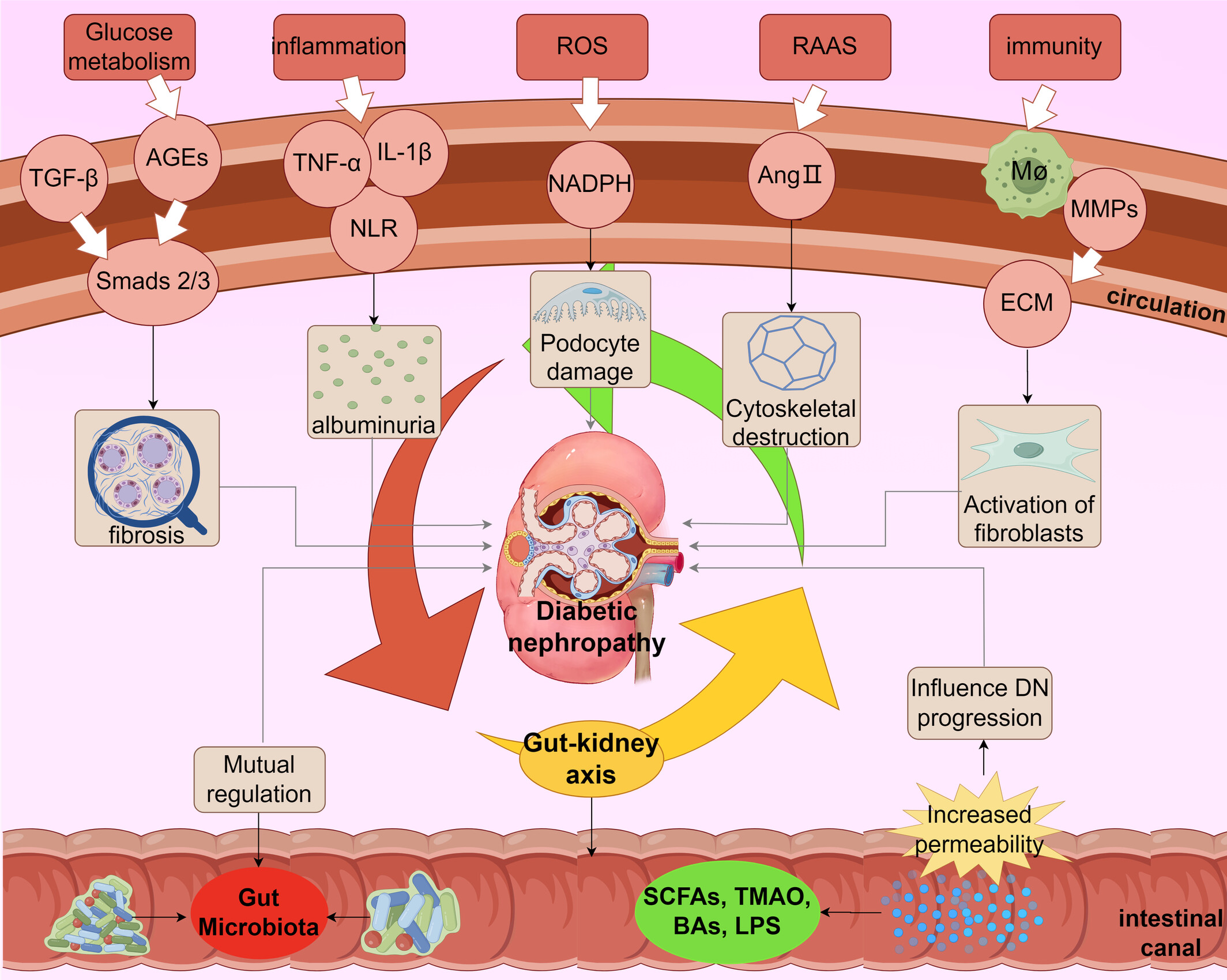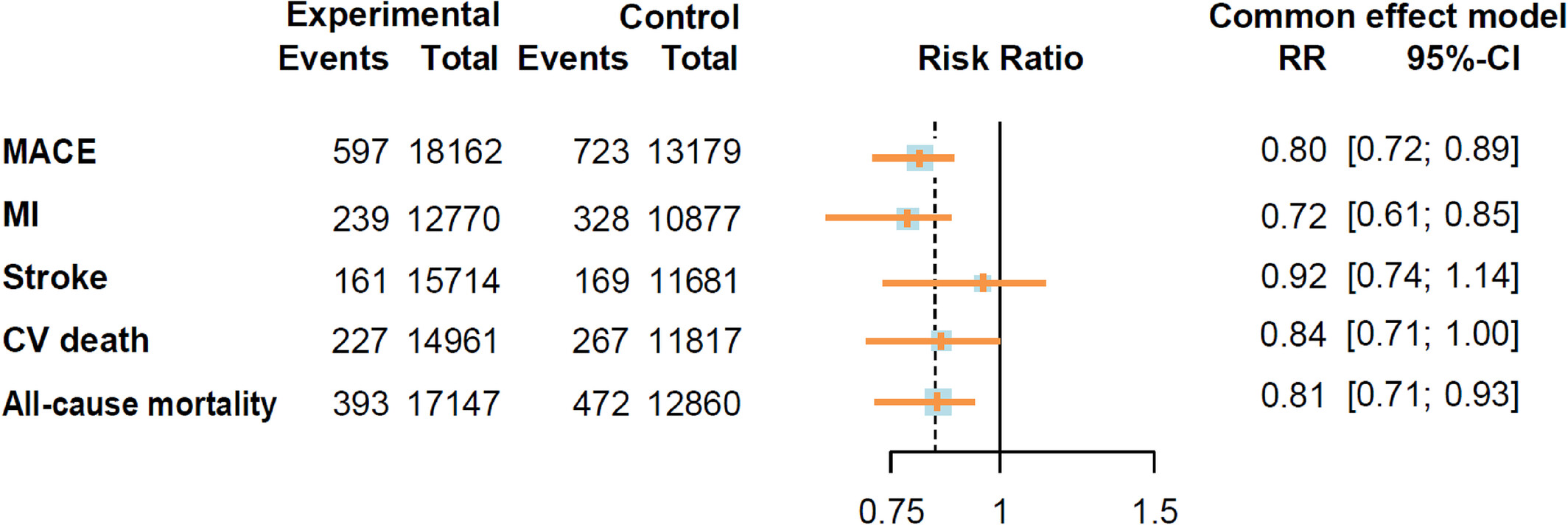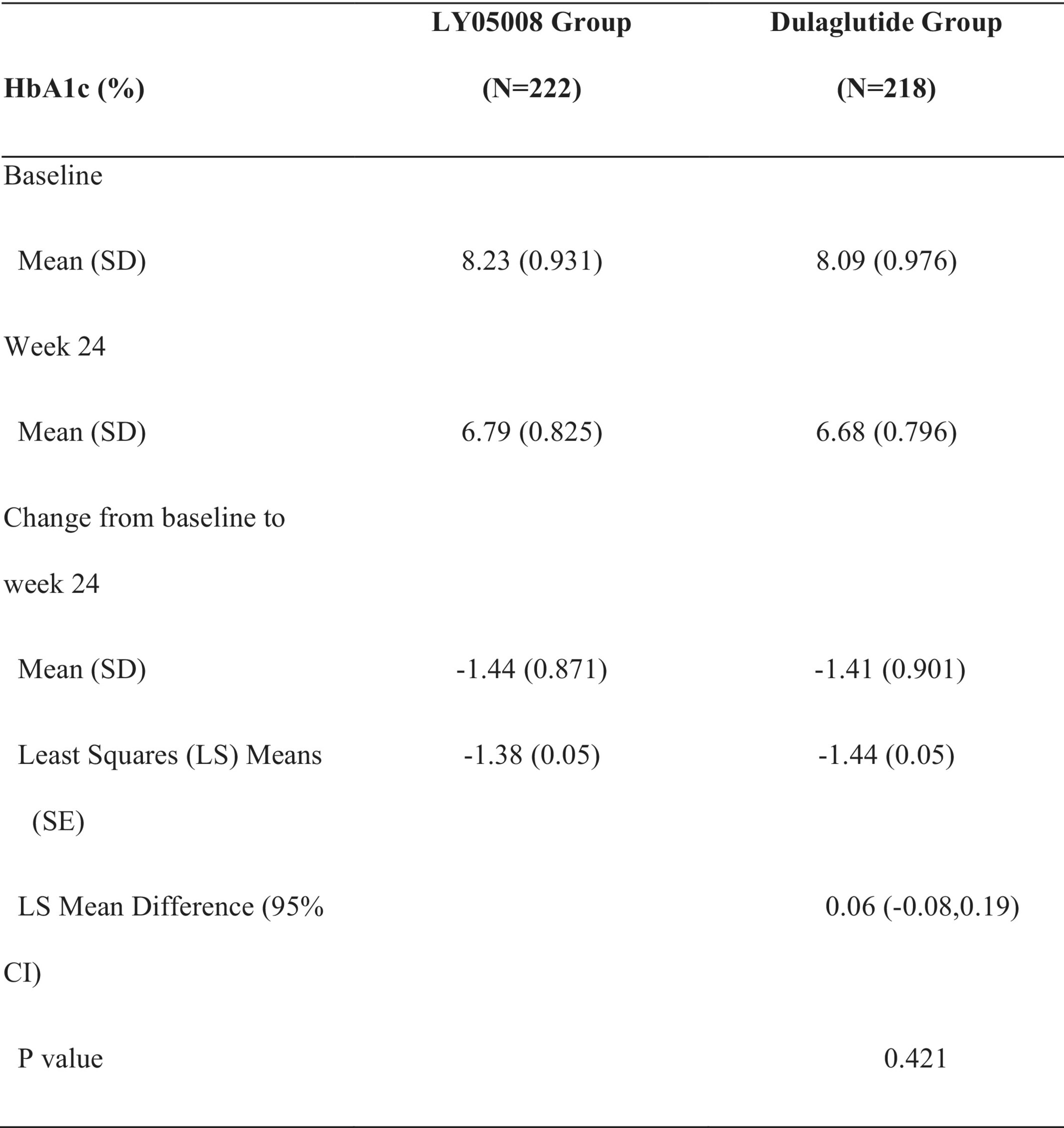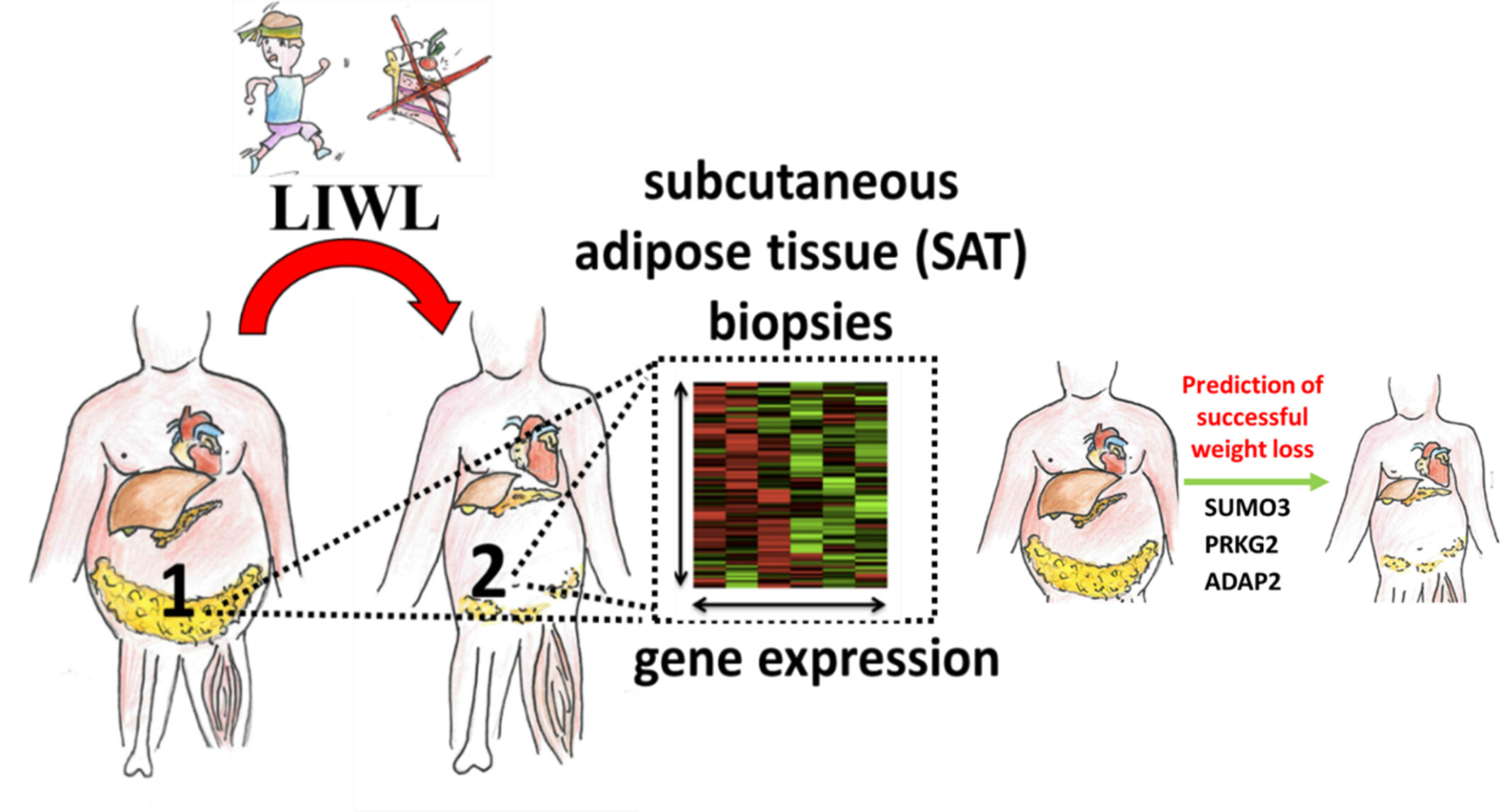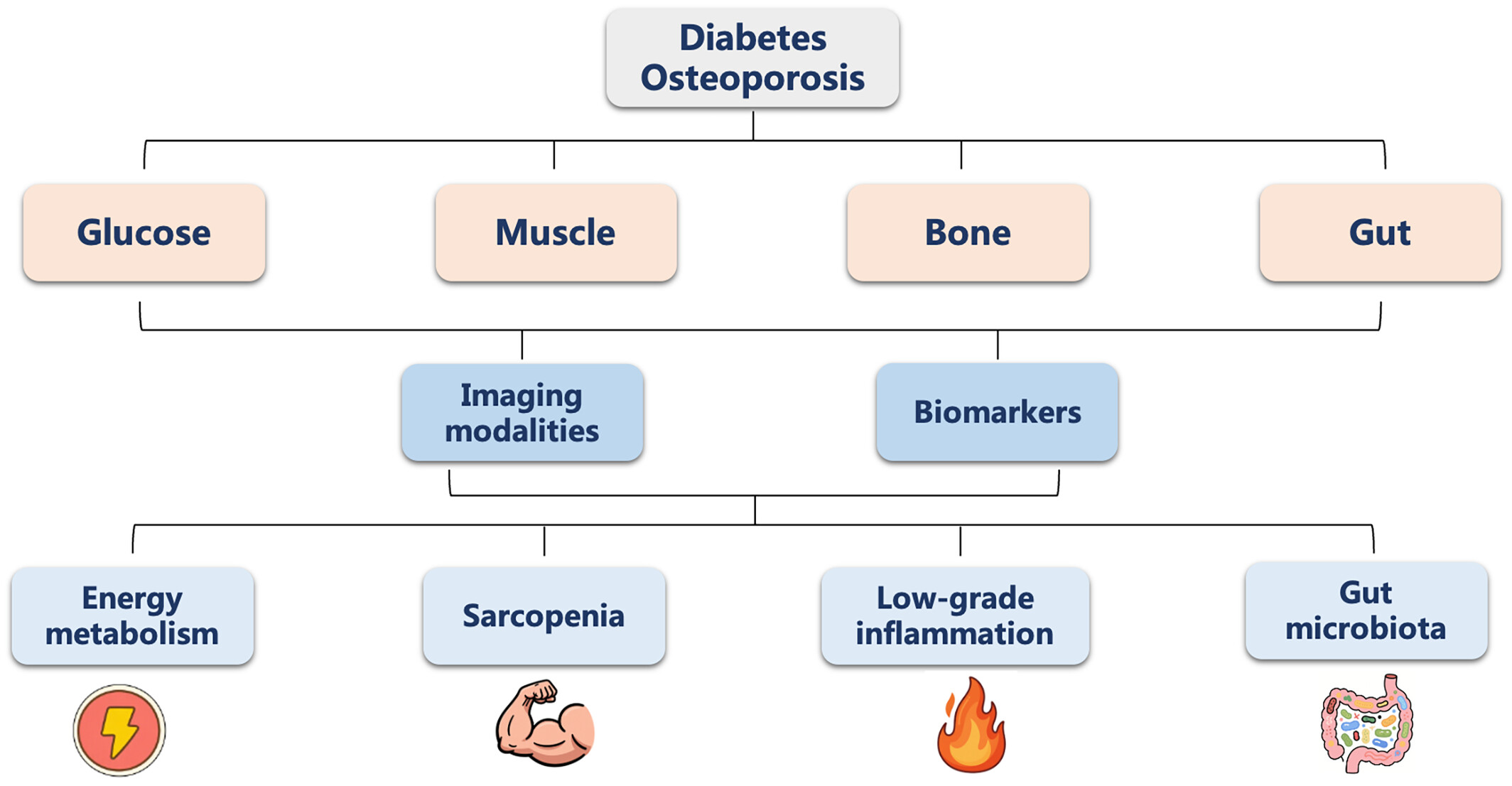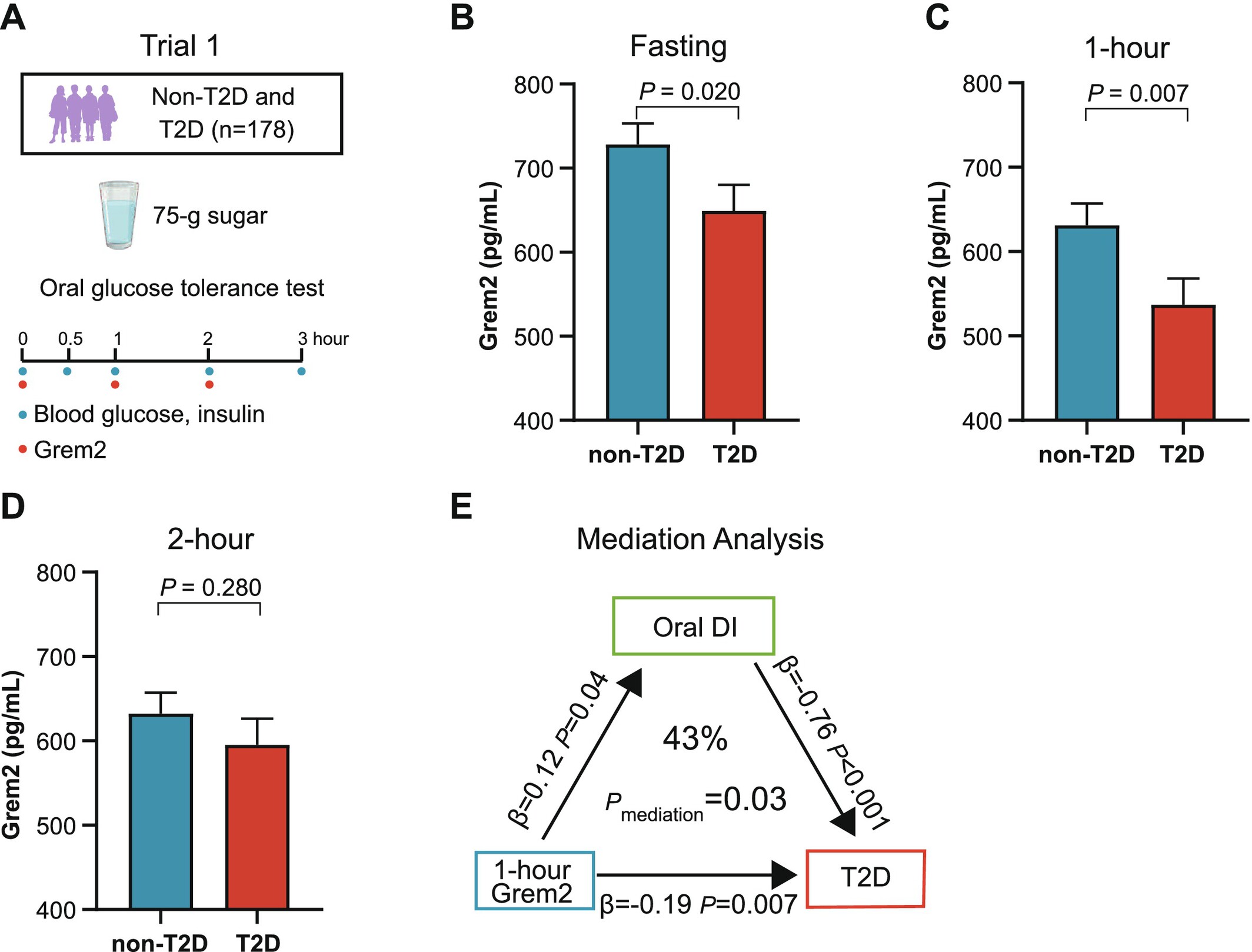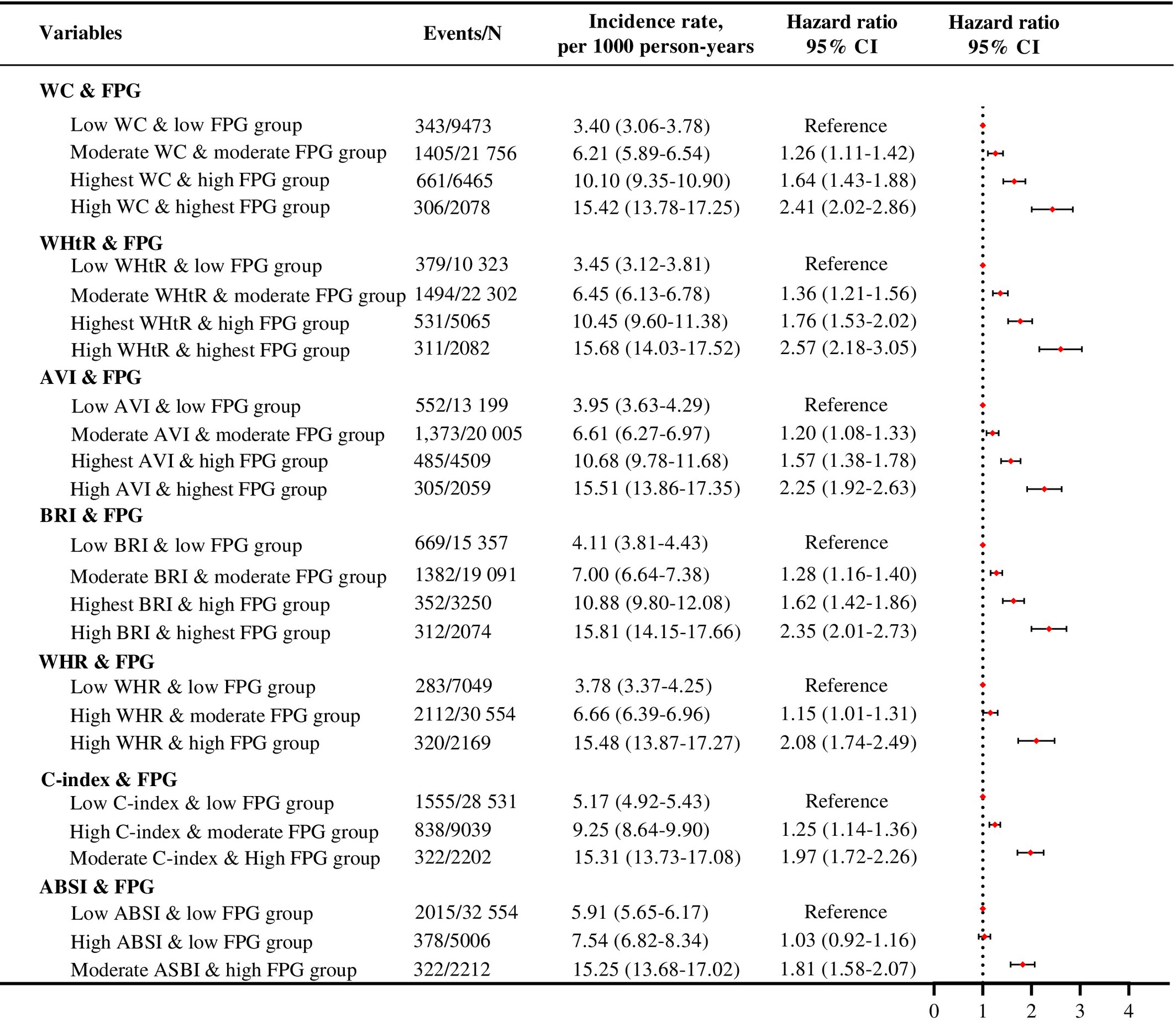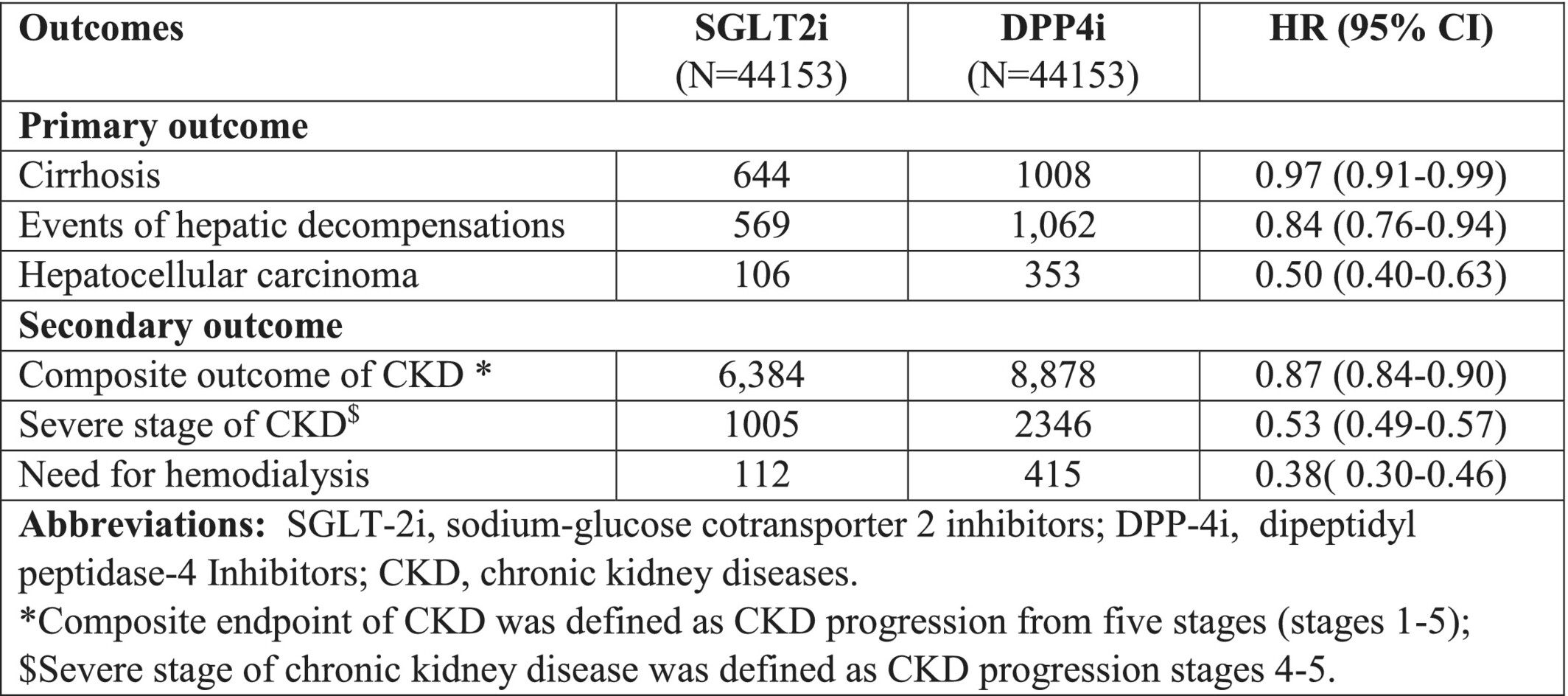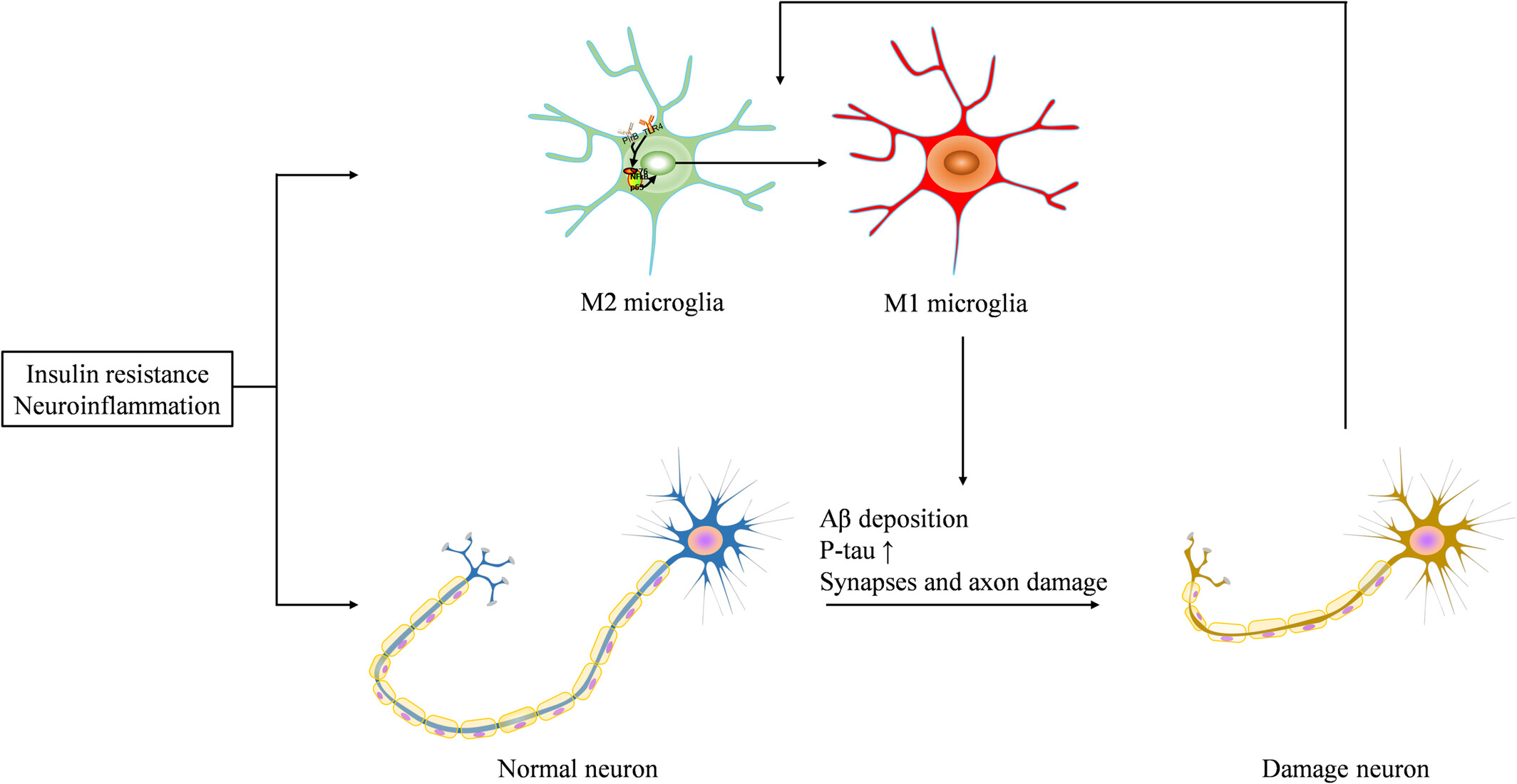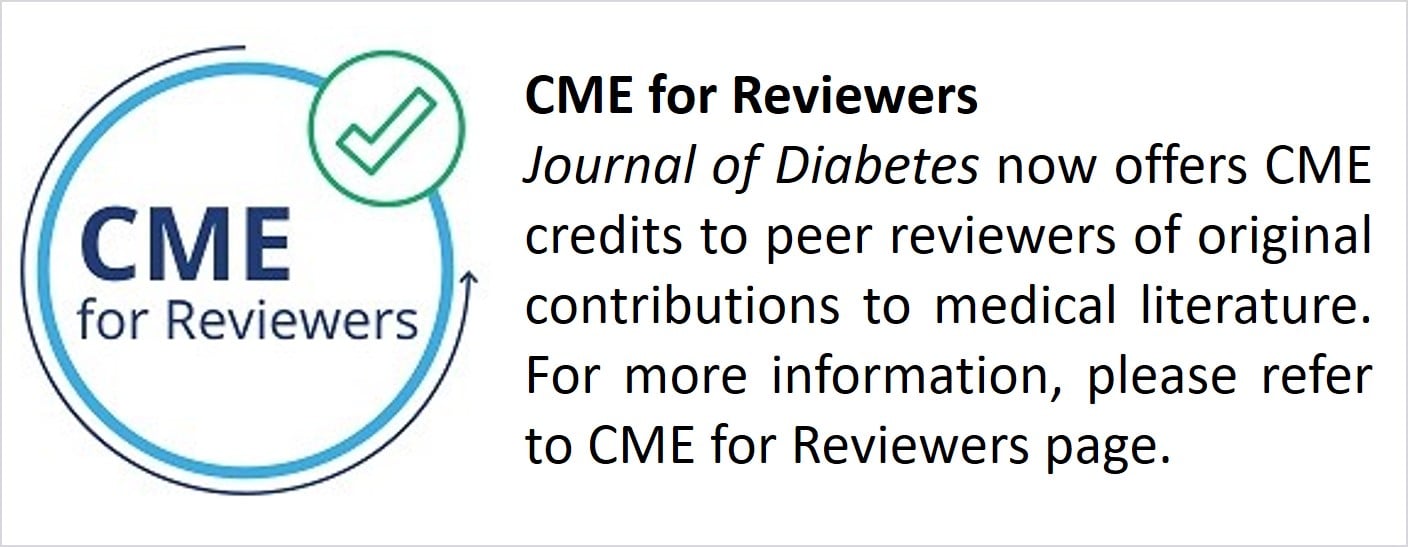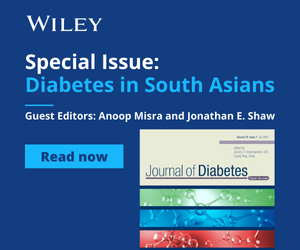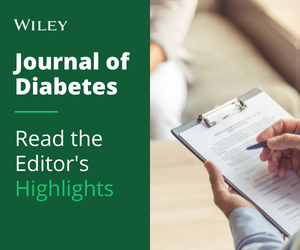Journal list menu
Export Citations
Download PDFs
ISSUE INFORMATION
EDITORIAL
ORIGINAL ARTICLE
Muscle Strength, Genetic Risk, and Type 2 Diabetes Among Individuals of South Asian Ancestry: A UK Biobank Study
- First Published: 27 March 2025
Prevalence and Clinical Characteristics of NEUROD1-MODY in Chinese Early-Onset Type 2 Diabetes Mellitus and a Literature Review
- First Published: 27 March 2025
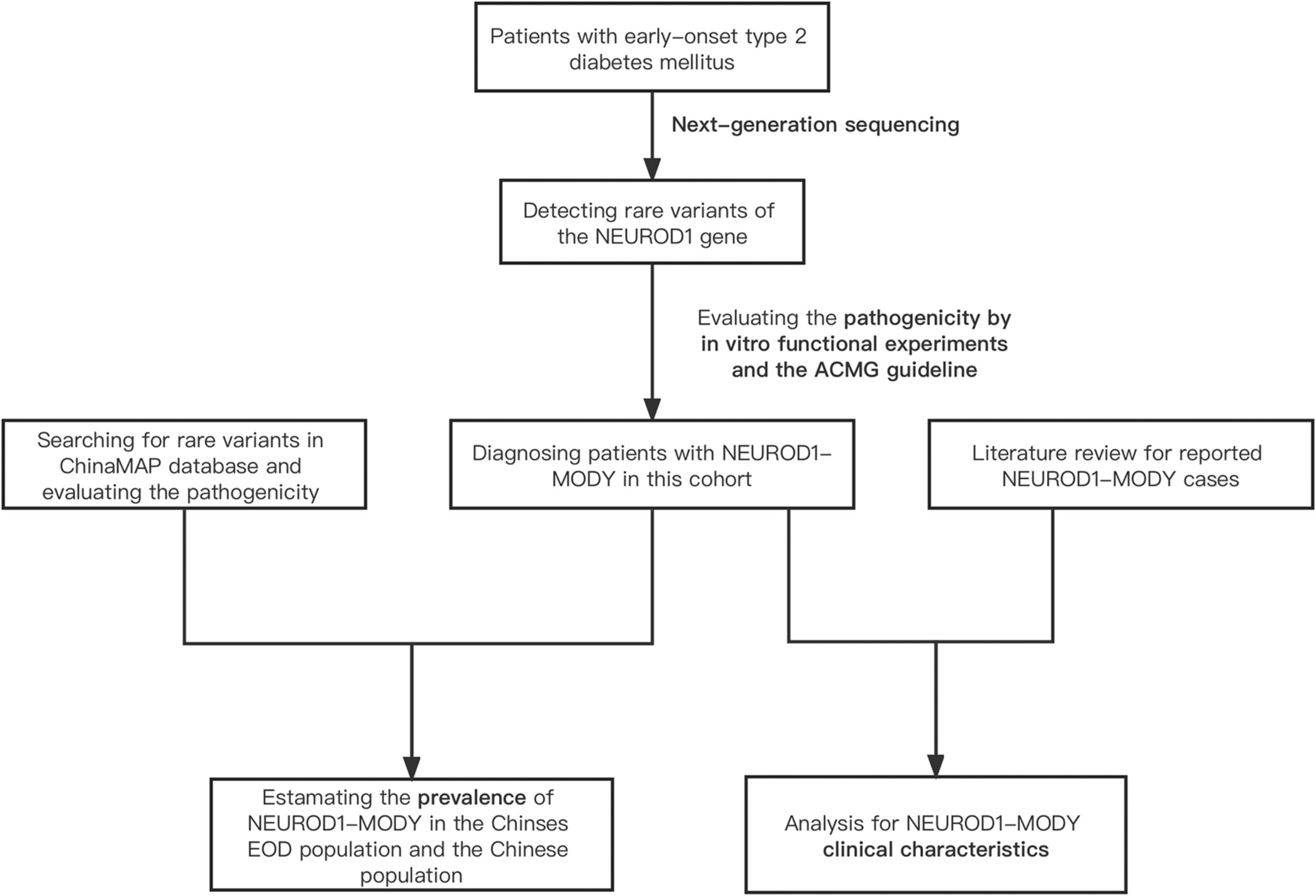
We, for the first time, calculated that the prevalence of NEUROD1-MODY was less than 0.15% in Chinese patients with early-onset type 2 diabetes mellitus. The p.P197H variant of the NEUROD1 gene significantly decreased the transcriptional activity of the insulin promoter by nearly 50% compared with that of the wild type. This variant might result in MODY in Chinese individuals with a higher penetrance than Caucasians. The possible differences of NEUROD1-MODY phenotypes exist between Asians and Caucasians.
Comparative Analysis of Type 2 Diabetes Prevalence and Clinical Profiles in Ethiopia and Nigeria
- First Published: 02 April 2025
REVIEW ARTICLE
Gut Microbiota and Their Metabolites: The Hidden Driver of Diabetic Nephropathy? Unveiling Gut Microbe's Role in DN
- First Published: 06 April 2025
ORIGINAL ARTICLE
RESEARCH LETTER
ORIGINAL ARTICLE
Association of Lifestyle-Induced Weight Loss With Gene Expression in Subcutaneous Adipose Tissue in Metabolic Syndrome
- First Published: 14 April 2025
Trends and Disparities in the Burden of Chronic Kidney Disease due to Type 2 Diabetes in China From 1990 to 2021: A Population-Based Study
- First Published: 23 April 2025
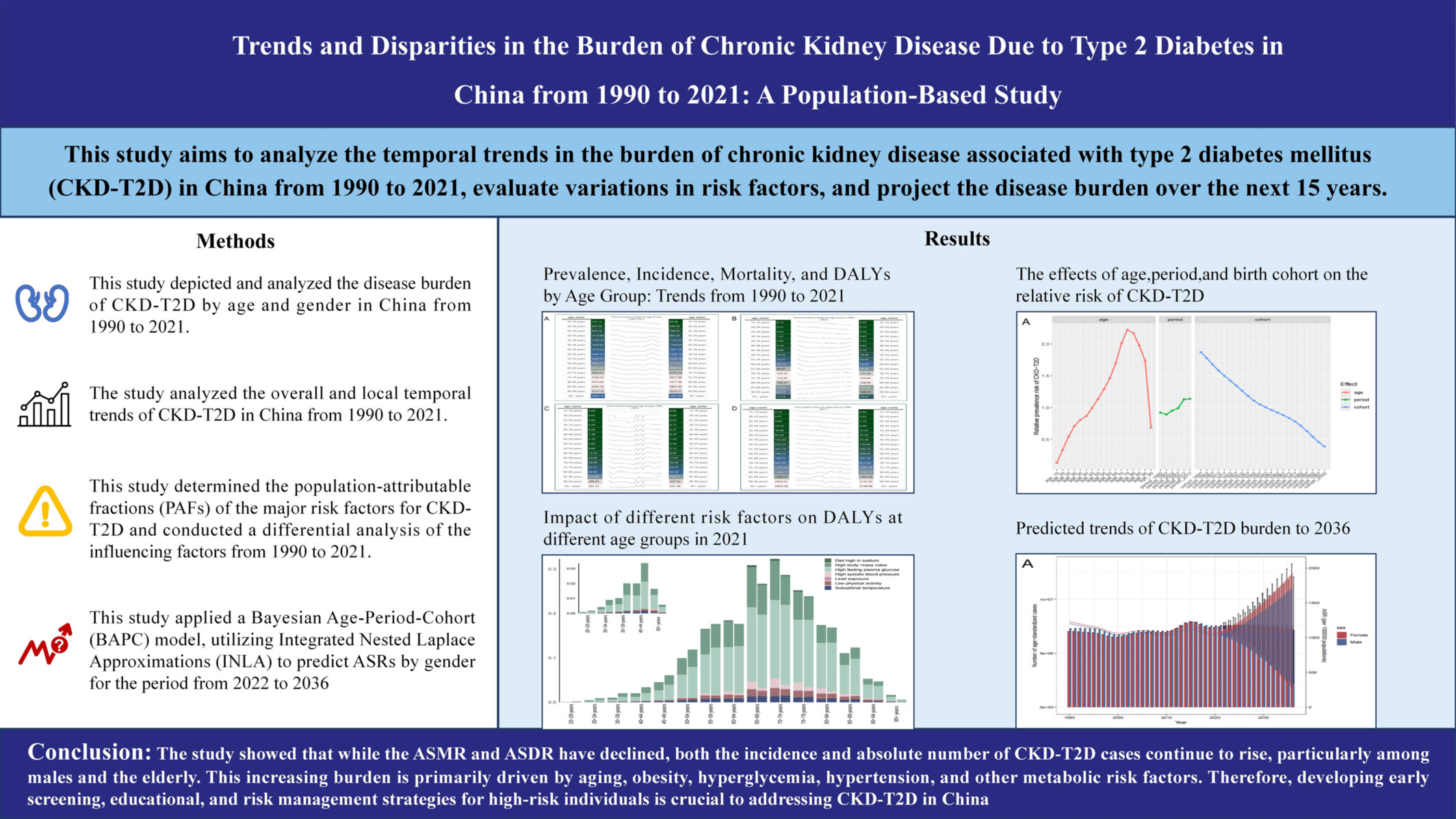
This study analyzed the burden of chronic kidney disease due to type 2 diabetes (CKD-T2D) in China from 1990 to 2021 and projected its trends through 2036. The overall disease burden of CKD-T2D exhibited a gradual decline during 1990–2021, while the incidence continued to rise. Notably, 2021 demonstrated a pronounced age effect, and period effects further contributed to increased risks. Metabolic risk factors, including fasting plasma glucose and body mass index, contributed most significantly to the burden. Projections suggest that mortality rates and disability-adjusted life years are expected to decline by 2036, whereas the incidence is projected to persistently increase.
REVIEW ARTICLE
New Evidence, Creative Insights, and Strategic Solutions: Advancing the Understanding and Practice of Diabetes Osteoporosis
- First Published: 23 April 2025
ORIGINAL ARTICLE
Association Between Circulating Gremlin 2 and β-Cell Function Among Participants With Prediabetes and Type 2 Diabetes
- First Published: 24 April 2025
Predictive Capability of Dual Trajectories of Central Adiposity Indices Combined With Glucose for Cardiovascular Diseases
- First Published: 25 April 2025
CORRECTION
Correction to “Association of Glycaemia Risk Index With Indices of Atherosclerosis: A Cross-Sectional Study”
- First Published: 25 April 2025
ORIGINAL ARTICLE
Adverse Liver and Renal Outcomes After Initiating SGLT-2i and GLP-1RA Therapy Among Patients With Diabetes and MASLD
- First Published: 27 April 2025
LETTER TO THE EDITOR
Response to Commentary on “A Population-Based Correlation Analysis Between Hemoglobin A1c and Hemoglobin Levels”
- First Published: 28 April 2025
Commentary on “A Population-Based Correlation Analysis Between Hemoglobin A1c and Hemoglobin Levels”
- First Published: 28 April 2025
REVIEW ARTICLE
Risk Factors, Pathological Changes, and Potential Treatment of Diabetes-Associated Cognitive Dysfunction
- First Published: 28 April 2025




